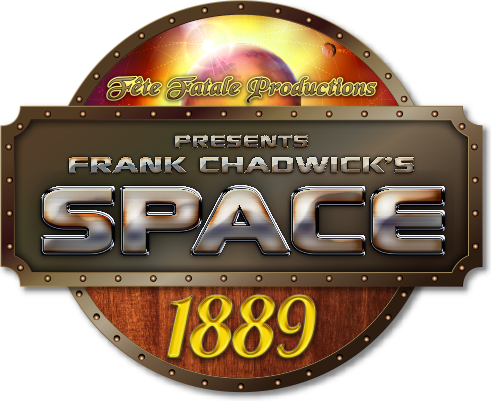Types of Inventions
Not all inventions are created equal. Some are more complex than others, and some have wider-ranging effects than others. To simplify this, in Shifting Sands, inventions will be classified as one of three types.
Enhancement:
-
More or different use of existing technology
- Changes the way people behave
- Rule of thumb for pacing: 1-2 sessions to complete
- Existing or possible inventions which are Enhancements: Clockwork ostrich, more efficient train locomotive
Innovation:
-
New technology, major advancement
- Changes the way people live
- Rule of thumb for pacing: 3-5 sessions, or about a year, to complete
- Existing or possible inventions which are Innovations: Electric light bulb, combustion engine, machine gun, ballpoint pen
Breakthrough:
- Leap in understanding
- Changes the way people think
- Rule of thumb for pacing: According to story needs
- Existing or possible inventions which are Breakthroughs: Aether propeller, Theory of Evolution, inoculation, printing press, telephone
Resources and Influences
As a way of measuring the resources needed to bring an invention to fruition, each invention will be assigned a specific quantity and type of Influences required to complete each step in the process. This is intended to facilitate roleplaying and interaction among characters and illustrate that with very few exceptions invention is an iterative process that does not occur in a vacuum.
Inventing process
The flow of events in a invention's lifecycle from inspiration to implementation is often long and winding, and usually fraught with pitfalls for the unwary or unlucky would-be inventor. For purposes of simplicity, in Shifting Sands we will track this process in the following four stages. It is important to note that while every invention follows this path, each stage may take any amount of time. The standard flow might be an instant of conception, considerable work to draw up the plans, months to build the prototype and then a year to put it in production and get it to market, but it is rare that any two inventions are created in the same way. Some inventions may take years to conceive of, but once understood may be quick to production, while others may be easy to prototype but take years to produce.
Another important concept is the idea of intermediate developments. Large complex projects will usually be broken down into smaller achievements. So if you are trying to build a rocket that will take you to the furthest reaches of the solar system, you might first need to find a new type of fuel, then develop an engine to consume it, then a guidance system, and then...etc. Thus, while you are technically still working toward the original goal, it is entirely possible that you end up with several inventions along the way.
Four Stages of Invention
-
Concept – Eureka! Your character has an idea! A conversation occurs between player and GM. The GM classifies the invention as an Enhancement, Innovation, or Breakthrough, gives the player a rough idea of timeline, and sets general expectations (for example, whether or not intermediate steps will be needed). We will also let you know if your idea is outside the scope of the game and therefore not achievable: for example, a time machine or cold fusion. (It is up to you whether your character would still work on it fruitlessly.) We will also tell you if any Influences will be needed to complete the Plans. For example, to create plans for a new drill for asteroid mining you might need 1 Science-Metallurgy and 1 Science-Geology.
-
Plans – Character draws up plans for the invention and gives it a name. It is up to the player whether or not they create a physical prop for their plans, although we highly encourage it—even a simple roll of blank paper or sketches in a notebook will do nicely. At this point the GM will inform the player of the Influences needed to reach the prototype stage. Your Asteroid Drill might require an additional 1-Industry and 1-Monetary as you need expensive materials and specialized equipment to build it.
-
Prototype — At this stage you have a working model of your invention. However, because not all the finishing touches are in place yet and it is still being tested, only the inventor of a prototype can operate their prototype. The GMs will also tell you if additional influences will be required if you want to bring your invention to market. Perhaps the Asteroid Drill requires an additional 3 Industry, 2 Monetary and 1 Finance to build a factory capable of producing your modern marvel. Time to find an investor!
-
Production — Your invention is now in full production and available to buy on the open market. Soon you'll be rich!
So how does producing an invention make your character rich? By developing them as Subplots. See Influence for details.
|
